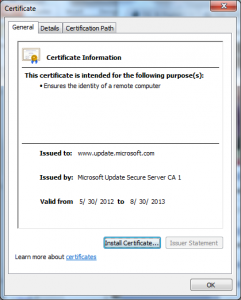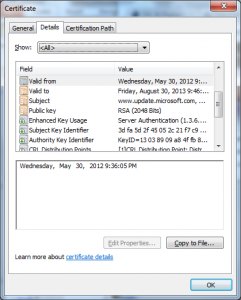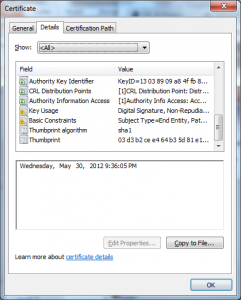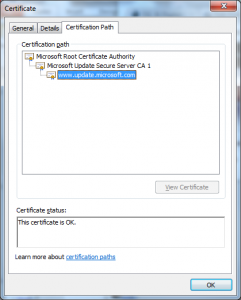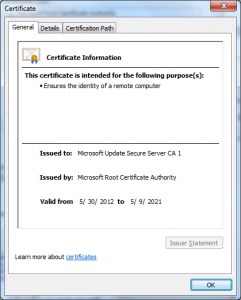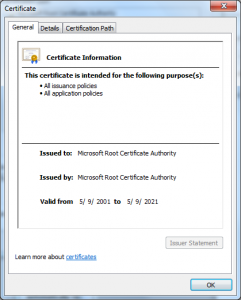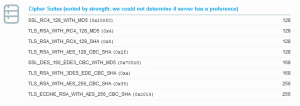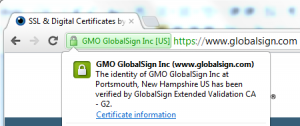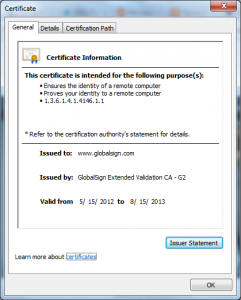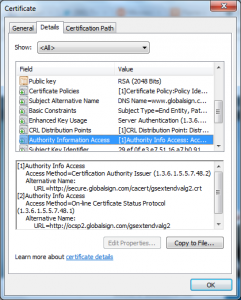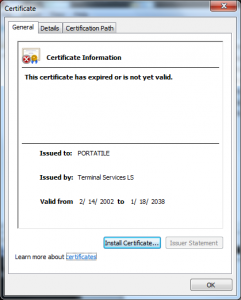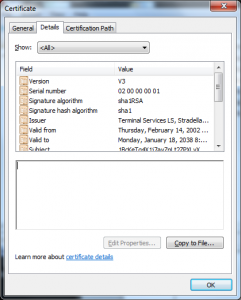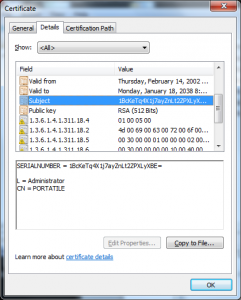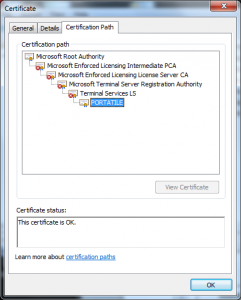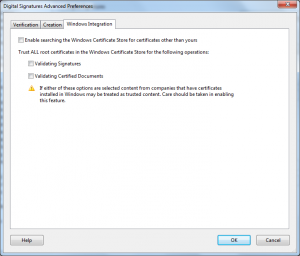One of the projects I was responsible for when I was at Microsoft was the design and delivery of the Windows Biometric Framework. This was actually one of my favorite projects during my entire tenure at the company.
What most people don’t know is the feature was a very late addition to Windows 7, an analysis of the crash data sent by clients to Windows showed that right after Video Cards these fingerprint readers were one of the largest sources of the “Blue Screen of Death”.
Something else most people don’t know that this was not the first attempt to provide a platform for biometrics into Windows, the prior attempts failed for various reasons but they did not have the same data we had – we knew these devices that were barley used were creating a bad experience for anyone just because the OEM decided to include these sensors as a differentiator.
To fix this a stellar team of senior engineers were re-assigned from other projects and began work almost halfway through the Windows 7 release cycle. Our goal was to make it possible for these devices (and in the future other forms of Biometrics) to work well with the minimal amount of vendor code.
You see these devices need to respond really quickly, especially swipe sensors because they take a picture of your finger as you drag it across the sensor and that data needs to get to a number of components very quickly to make a workable user experience. For this reason the sensor manufacturers all thought they needed to be in kernel, and since most driver developers have only been doing driver development for a few years they did a really bad job of it which resulted in the blue screens.
The value proposition of this project for the vendors was that ultimately they wouldn’t need to write so much software to get their sensors to work, for some this was seen as a positive – especially the new entrants since they didn’t have as much software. For those vendors with complete software suites, they were less thrilled in that a driver framework of any kind places architectural restrictions on the way you build things and since they didn’t get the support calls they didn’t really care that much about the crashes their software caused.
Despite this nearly every biometric vendor begun work on new driver’s client software based on this platform that was being developed at almost the same time they were writing their components. Every vendor who was in the first round of development made significant time investments to make the platform a reality.
The software team at Microsoft also executed amazingly, I am confident that I will allways think of this group of individuals as one of the best I worked with at the company.
In the end the platform made it out the door with more features than we had originally hoped with all the major vendors on board and by the general availability to OEMs people were ready to support real customers.
The late start did mean OEMs had to work very hard to get the new device drivers in their initial images, they had very little runway to do so but several did and those that did not at first got their revised images out shortly later.
This new model delivered a kernel mode and user mode driver model that significantly reduced the amount of software that was needed to get one of these devices working in Windows, we delivered a test suite that helped ensure the devices and their drivers worked reliably. And we were even able to deliver a framework for use, management, group policy, and a hook for enrollment.
The combination of the above meant that we essentially eliminated the historic problems these devices caused, improved the security of how they worked when integrating with windows, made them more supportable and simply work well.
The team went on to work on some very cool additions, many of the team changed but some remained and the work that we began after the “freeze” in the Windows 7 release cycle ultimately found their way out in Windows 8/8.1 – I hope the rest of the things this team were doing find their way out someday soon also.

